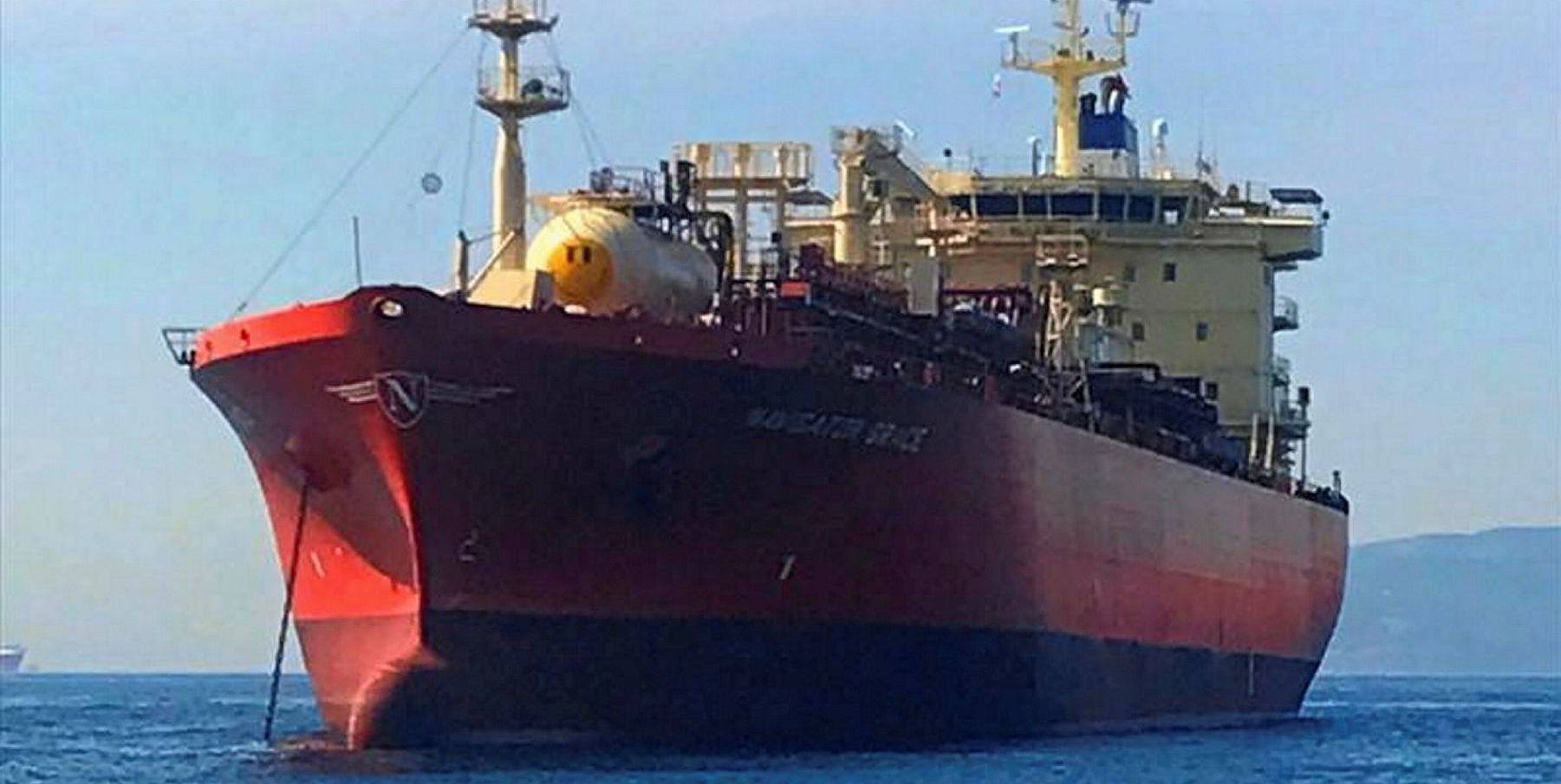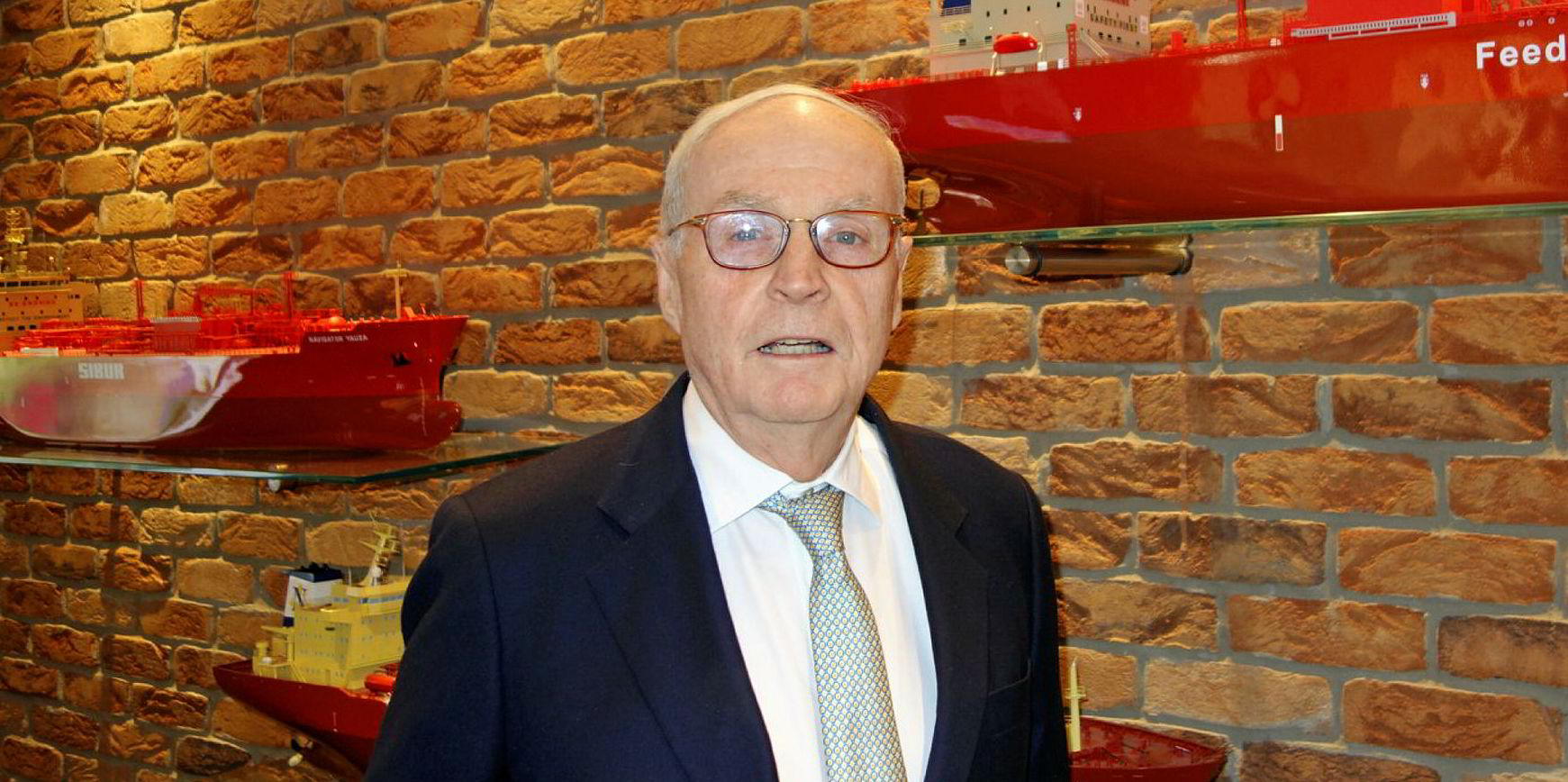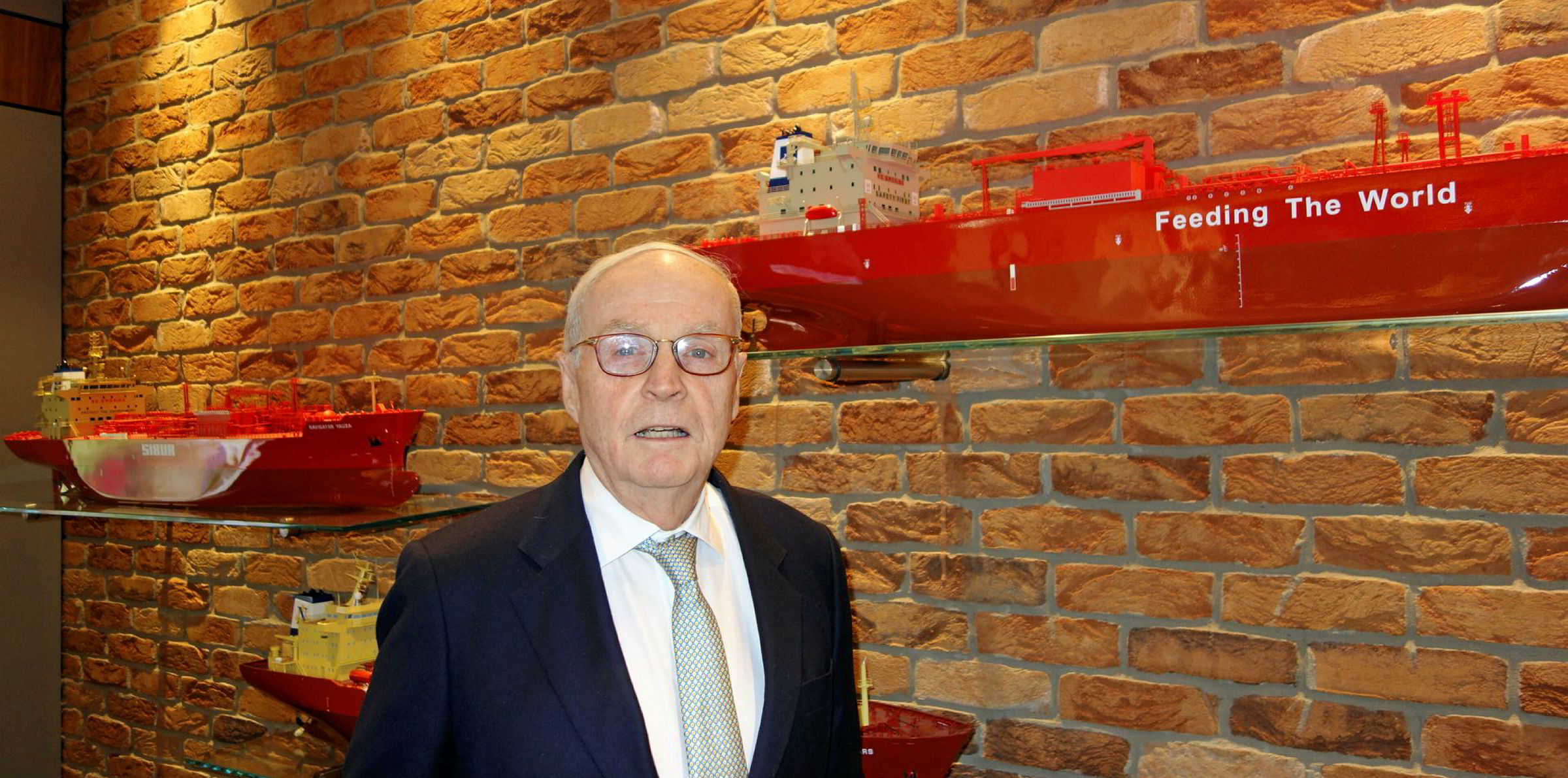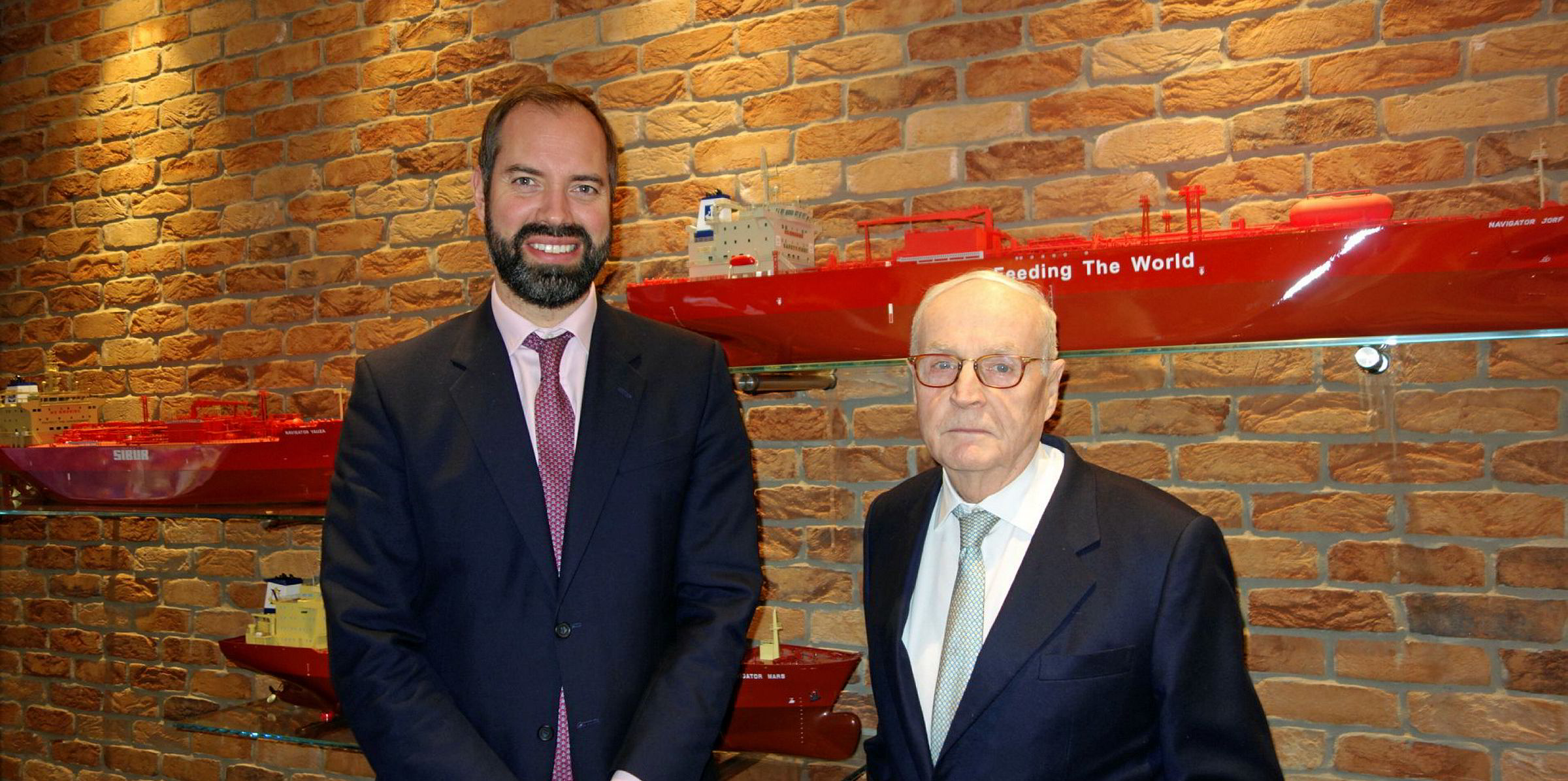Navigator Holdings is already ahead of its own expectations regarding its new Texas ethylene export terminal — and the US-listed LPG carrier owner has also revealed it is working hard on other projects to grow its business.
The Morgan's Point terminal, a joint venture with Enterprise Products Partners, started operations in June, with one of Navigator's ships loading a 20,000-tonne cargo — the biggest ever ethylene stem on an LPG carrier, it said.
But company chief executive Henry Deans told analysts on a conference call that the work is not done yet.
“We’ve got a tank still to build,” he said. “It’s making great progress, and it’s all in time and on budget, [and] has been done safely.
“And, equally, as we saw from the June numbers, we’ve actually been able to sweat the assets better than we thought.”
Deans added that the company will not know what the terminal is actually capable of until the tank is fully up and running.
'Looking under the hood'
"But all the signs are pointing in the right direction, given the throughput that we managed to squeeze through without the tank," he said.
"So our focus at the moment is to make sure that we complete the job that we've got in hand, which is the tank, and that we deliver it safely, on time and on budget.
"I think there's a lot more there to give as we've proven in June."
Deans claimed there are many potential tailwinds for the sector, but Covid-19 means no one really knows for sure what will happen.
“Is it going to resurface again?” he asked. “But there’s a lot of tailwinds for us as well because these terminals are starting to open, and that should be a real opportunity for us going forward.

The company said the project does not mean work has stopped on other opportunities.
Deans told analysts: “Now in terms of new opportunities, we’ll assess them in light of the other options that we have available to us, and we’ll do the things that give us the best bang for our buck.
“It’s like a swan: we’re peddling hard underneath the surface and looking at lots of different opportunities. But, at the moment, we’re focused on what’s in hand.”
Just the beginning
Executive chairman David Butters said: "This terminal that we have in joint venture with Enterprise isn't the end."
He explained that it is an integral part of a greater hub system of exporting the important and inexpensive petrochemical hydrocarbons being generated in the US as a result of low gas prices.
“This is just a small piece of that,” he said. “And we have tried to partner with the people who control a lot of that hub.
"That is Enterprise, particularly. And their global network — well, their network within the United States, connected by almost every petrochemical plant, especially ethylene plants. And that is just the beginning.
"Their hub is being built up gradually, but inevitably to create a greater flow of hydrocarbons, particularly petrochemical gases to the international markets."
He said this is a "whole new thing that has never really gotten off the ground in the past. Our participation will grow as that grows."
'Delicious' future ahead
Butters said the Covid-19 pandemic has produced a “fog” through which the company is trying to read the direction of world economies and where to place hydrocarbons.
“So it’s there, it’s delicious,” he said. “It’s ours to have. And we will get it eventually.”
Navigator logged a $200,000 loss on the 50:50 venture in the second quarter of this year.
"However, with the commencement of the long-term take or pay contracts as of the beginning of June, the terminal generated a profit for the month, although not sufficient to overcome the losses of the prior two months," the shipowner said.
"It is anticipated that the terminal will remain profitable for the remainder of the year."
The owner’s net profit to 30 June was $3.49m, compared with a loss of $7.7m a year ago.







